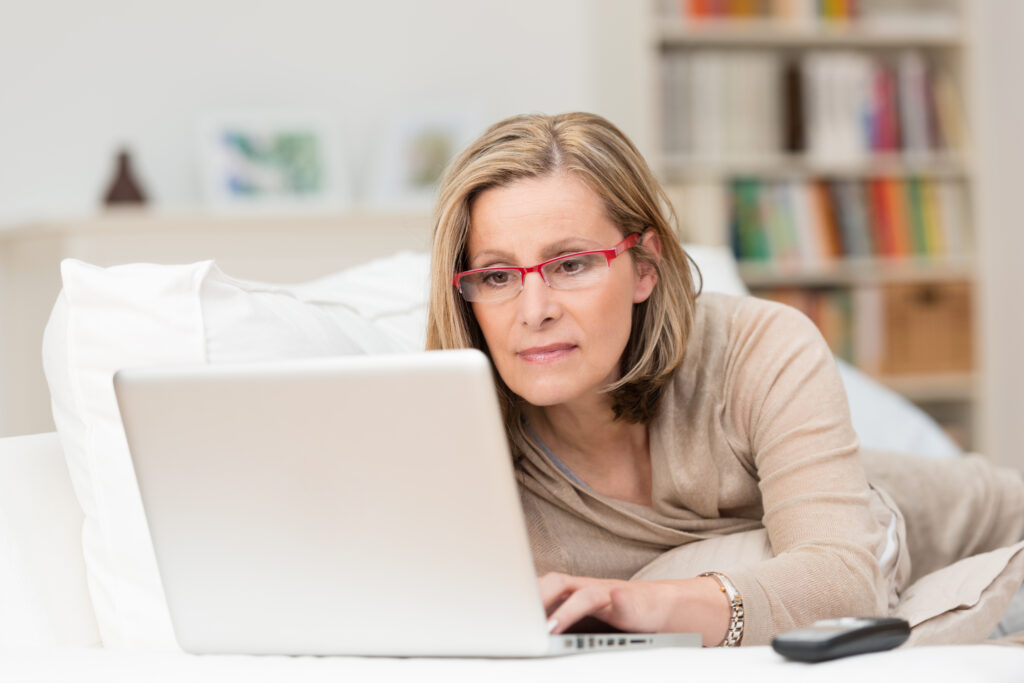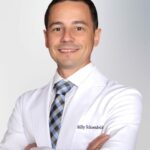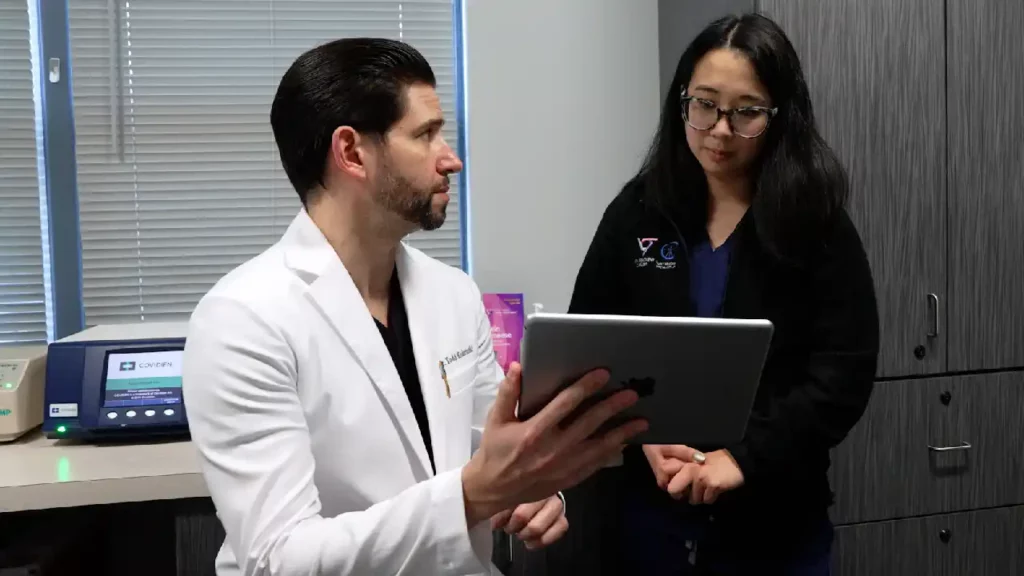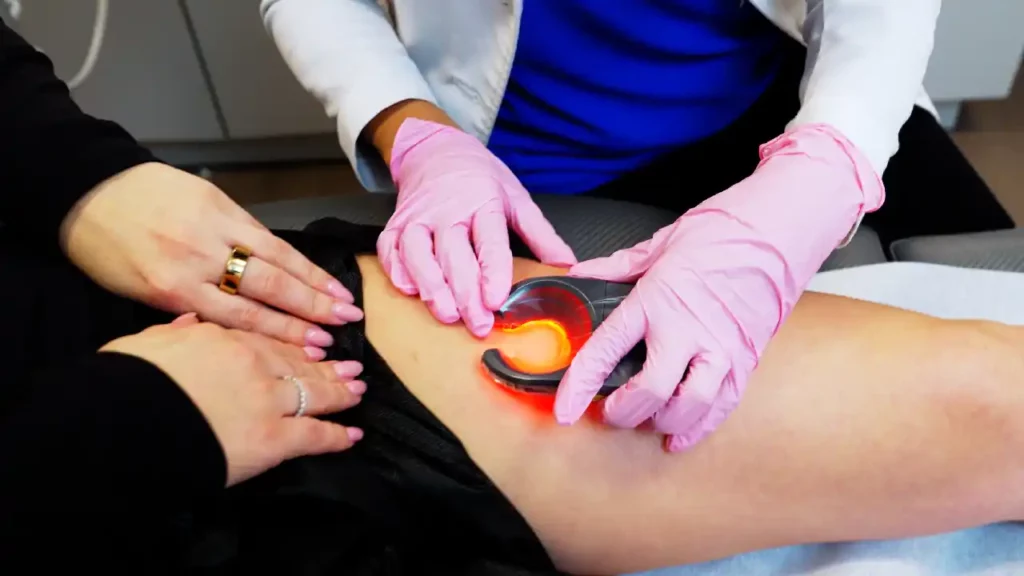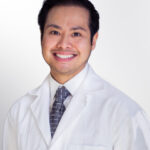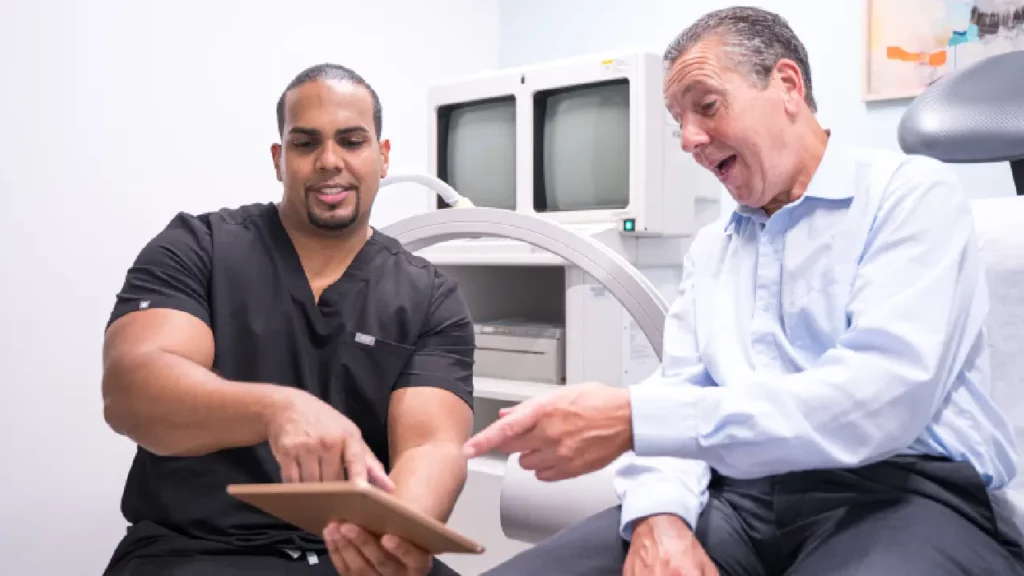Natural Remedies for Varicose Veins
Varicose veins are a common condition that affects millions of people worldwide. These swollen, twisted veins, typically found in the legs, can be unsightly and sometimes painful. The only effective way to treat varicose veins and underlying chronic venous insufficiency (the root cause of most vein problems) is through medical intervention.
Varicose veins occur when the vein valves responsible for one-way blood flow to the heart malfunction or collapse. Consequently, gravity forces blood to flow backward and accumulate in the leg veins, eventually leading to vascular dilation and the formation of varicose veins. Once the vein valves malfunction, there’s no way to fix or heal them. The only way to treat varicose veins and venous insufficiency is to close the diseased vein, rerouting the accumulated blood to healthier veins, and removing superficial varicose veins.
Many individuals prefer to explore natural remedies as a first step toward managing varicose veins. While lifestyle changes and some natural remedies can temporarily improve symptoms and perhaps prevent the condition from worsening, they can’t treat varicose veins. They can improve blood circulation, which alleviates some of the discomfort, but there’s no way to heal the diseased vein, so these methods are only useful for symptom management. In this guide, we discuss natural remedies and effective minimally invasive treatments for varicose veins.
If you have varicose veins, please schedule an appointment with our board-certified vein doctors. Vein Treatment Clinic is committed to diagnosing and treating the root cause of varicose veins using the safest, least invasive methods possible. We also provide lifestyle recommendations to help you manage existing varicose veins and prevent the recurrence of new varicose veins after treatment. You can find our state-of-the-art vein clinics in New York, Long Island, New Jersey, California, or Maryland.
Now, let’s explore some natural remedies for varicose veins.
Implement Lifestyle Modifications
One of the most effective ways to address varicose veins is by making simple lifestyle changes. These modifications can have a significant impact on your overall vascular health.
- Maintain a Healthy Weight: Excess body weight places additional pressure on your veins, especially those in the legs. Losing weight through a balanced diet and regular exercise can relieve the strain on your veins, reducing the likelihood of varicose veins worsening.
- Stay Active: Regular physical activity, such as walking, swimming, or cycling, can promote better blood circulation in the legs. This, in turn, reduces the risk of blood pooling and the formation of varicose veins. Aim for at least 30 minutes of moderate exercise on most days.
- Elevate Your Legs: Elevating your legs can help improve blood flow and reduce swelling in the affected areas. When sitting or lying down, prop your legs up on a cushion or pillow to encourage better circulation and push accumulated blood toward the heart.
- Avoid Prolonged Standing or Sitting: Long periods of sitting or standing can lead to varicose veins. Take breaks to move around if your job requires prolonged sitting, and when standing for long periods, shift your weight from one leg to the other to encourage blood flow.
Are you interested in getting more information about your condition or a treatment?
Fill the form below to start!
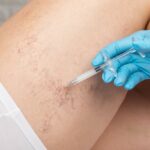
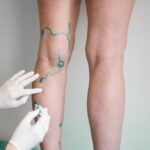
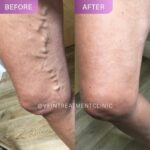
Make Certain Dietary Changes
Your diet plays a crucial role in maintaining vascular health. Certain foods and dietary habits can either exacerbate or alleviate varicose veins.
- High-Fiber Foods: A diet rich in fiber can prevent constipation, which can increase pressure on veins in the abdomen and pelvis. Include foods like whole grains, fruits, vegetables, and legumes in your diet to promote regular bowel movements.
- Antioxidant-Rich Foods: Antioxidants help protect your blood vessels from damage caused by free radicals. Incorporate foods high in antioxidants, such as berries, citrus fruits, and leafy greens, to support vascular health.
- Omega-3 Fatty Acids: Omega-3 fatty acids, found in fish like salmon and flaxseeds, can reduce inflammation and improve blood circulation. Including these foods in your diet.
- Limit Salt Intake: Excessive salt consumption can lead to water retention and swelling, worsening the symptoms of varicose veins. Reduce your salt intake by avoiding highly processed foods and opting for fresh, whole ingredients.
- Maintain Proper Hydration: Staying well-hydrated is essential for overall vascular health. Drinking enough water helps maintain blood volume and circulation. Aim to drink at least 8-10 glasses of water per day to support your vascular system.
Engage in Regular Exercise and Yoga
Exercise, particularly yoga, can be beneficial in managing varicose veins. Certain yoga poses and exercises can improve blood circulation and strengthen the muscles in your legs.
- Leg Exercises: Simple leg exercises such as ankle circles, leg lifts, and bicycle kicks can help promote blood flow and reduce the symptoms of varicose veins. These exercises can also strengthen the calf muscles, which can push the accumulated blood from your legs to your heart more effectively, thus alleviating the symptoms of varicose veins.
- Yoga Poses: Yoga poses that involve elevating your legs above your heart, such as Legs Up the Wall or Shoulder Stand, can aid in reducing the pooling of blood in your leg veins. Regular yoga practice can also improve overall flexibility and circulation.
Wear Compression Stockings
Compression stockings are a non-invasive, effective way to manage varicose veins. These specially designed stockings apply gentle pressure to your legs, helping to improve blood flow and prevent the pooling of blood in your veins. They essentially push the blood accumulated in your leg veins toward the heart, thus alleviating symptoms. They come in various compression levels, and it’s essential to find the right compression for your needs.
If your compression stockings are too loose, they may not be effective. Conversely, if your compression stockings are too tight, they can exacerbate your symptoms. Please consult our board-certified vein doctors for an assessment. We can recommend the most appropriate compression stockings for your specific needs to ensure optimal results.
Don’t Fall for Unproven Natural Remedies
The internet is brimming with an overwhelming array of natural remedies and supplements claiming to be miracle cures for varicose veins and spider veins. Some of these popular suggestions include apple cider vinegar, witch hazel, or various supplements. While these remedies may seem tempting, it’s essential to approach them with caution and skepticism.
Many of these so-called natural remedies lack scientific backing and rigorous testing. At best, they may provide temporary relief from discomfort or symptoms, but they often fail to address the root causes of varicose veins. At worst, attempting unproven treatments can exacerbate the problem or delay you from seeking proper medical attention.
Consult Vein Doctors for Diagnosis & Treatment
When dealing with varicose veins, please seek guidance and treatment from board-certified vein doctors. Our vein doctors have the knowledge and experience to accurately diagnose your condition and recommend appropriate treatments.
Our vein doctors will conduct a thorough evaluation, which may include ultrasounds and other diagnostic tests, to assess the severity of your varicose veins and identify any underlying issues. Based on their findings, they will develop a personalized treatment plan tailored to your needs. This plan may include minimally invasive procedures like endovenous laser treatment (EVLT), radiofrequency ablation (RFA), or sclerotherapy, which have proven effectiveness in treating varicose veins safely and efficiently.
These are some of the most effective minimally invasive treatments for varicose veins:
- Endovenous Laser Ablation: EVLA uses laser energy delivered through a thin fiber inserted into the affected vein. The laser heats and seals the vein, causing it to collapse and gradually disappear. Blood is rerouted to healthier veins, relieving pressure on the varicose vein.
- Radiofrequency Ablation: RFA uses radiofrequency energy delivered via a catheter inserted into the vein. The heat generated by radiofrequency energy causes the vein wall to contract and seal. Similar to EVLA, blood is redirected to healthier veins.
- VenaSeal: VenaSeal involves injecting a medical adhesive into the damaged vein through a small catheter. The adhesive seals the vein shut, and the body eventually absorbs the treated vein. It provides a quick and comfortable option for varicose vein closure.
- ClariVein: ClariVein combines mechanical and chemical approaches. A rotating wire tip disrupts the vein’s inner lining while a sclerosing agent is delivered to seal the vein. The combination enhances the effectiveness of treatment.
- Ambulatory Phlebectomy: In ambulatory phlebectomy, small incisions are made over the varicose veins. The surgeon then removes the veins using specialized hooks or instruments. It is particularly effective for surface varicose veins close to the skin.
- Sclerotherapy: Sclerotherapy involves injecting a solution (sclerosant) directly into the affected vein. The sclerosant irritates the vein’s lining, causing it to collapse and eventually fade. Sclerotherapy is primarily used for smaller varicose veins and spider veins.
The Vein Treatment Clinic has state-of-the-art offices in New York, Long Island, New Jersey, California, and Maryland, and we offer free insurance verifications to help you navigate the financial aspect of your treatment. Take the first step towards healthier legs by scheduling your consultation with our experienced vein doctors today. Together, we can create a personalized plan to address your varicose veins and improve your vascular health.



